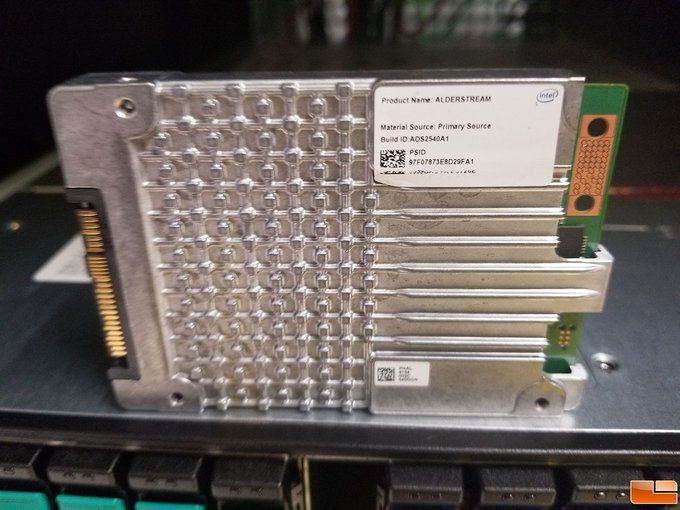erek
[H]F Junkie
- Joined
- Dec 19, 2005
- Messages
- 10,868
Hmm, wonder if they're any good:
"From what we can glean from the posts, Ober has already sampled the drives on one Linux developer, meaning the drives are likely in the final stages of development, and is actively sampling the drives to others."

https://www.tomshardware.com/news/i...witter&utm_medium=social&utm_campaign=dlvr.it
"From what we can glean from the posts, Ober has already sampled the drives on one Linux developer, meaning the drives are likely in the final stages of development, and is actively sampling the drives to others."

https://www.tomshardware.com/news/i...witter&utm_medium=social&utm_campaign=dlvr.it
![[H]ard|Forum](/styles/hardforum/xenforo/logo_dark.png)